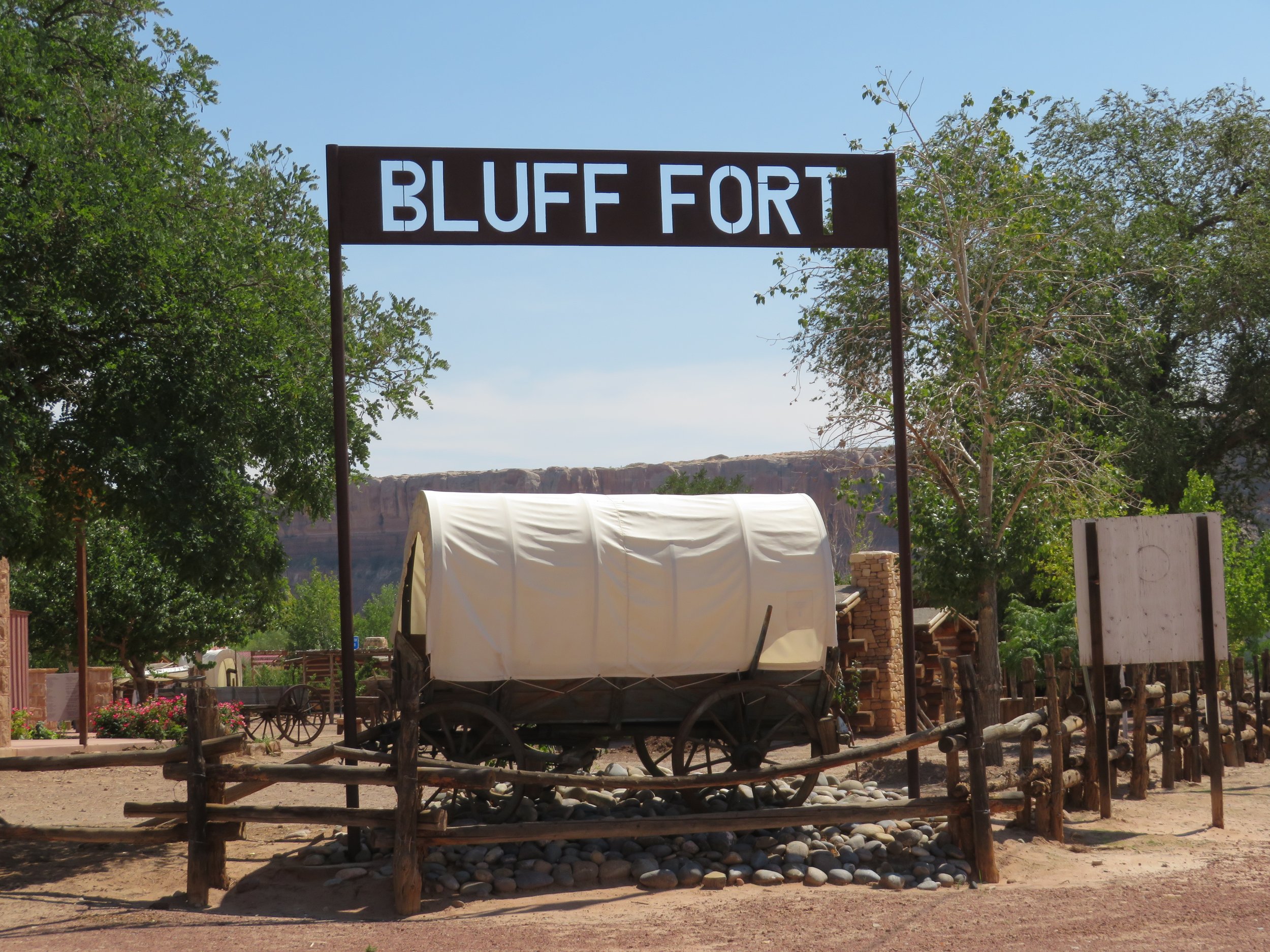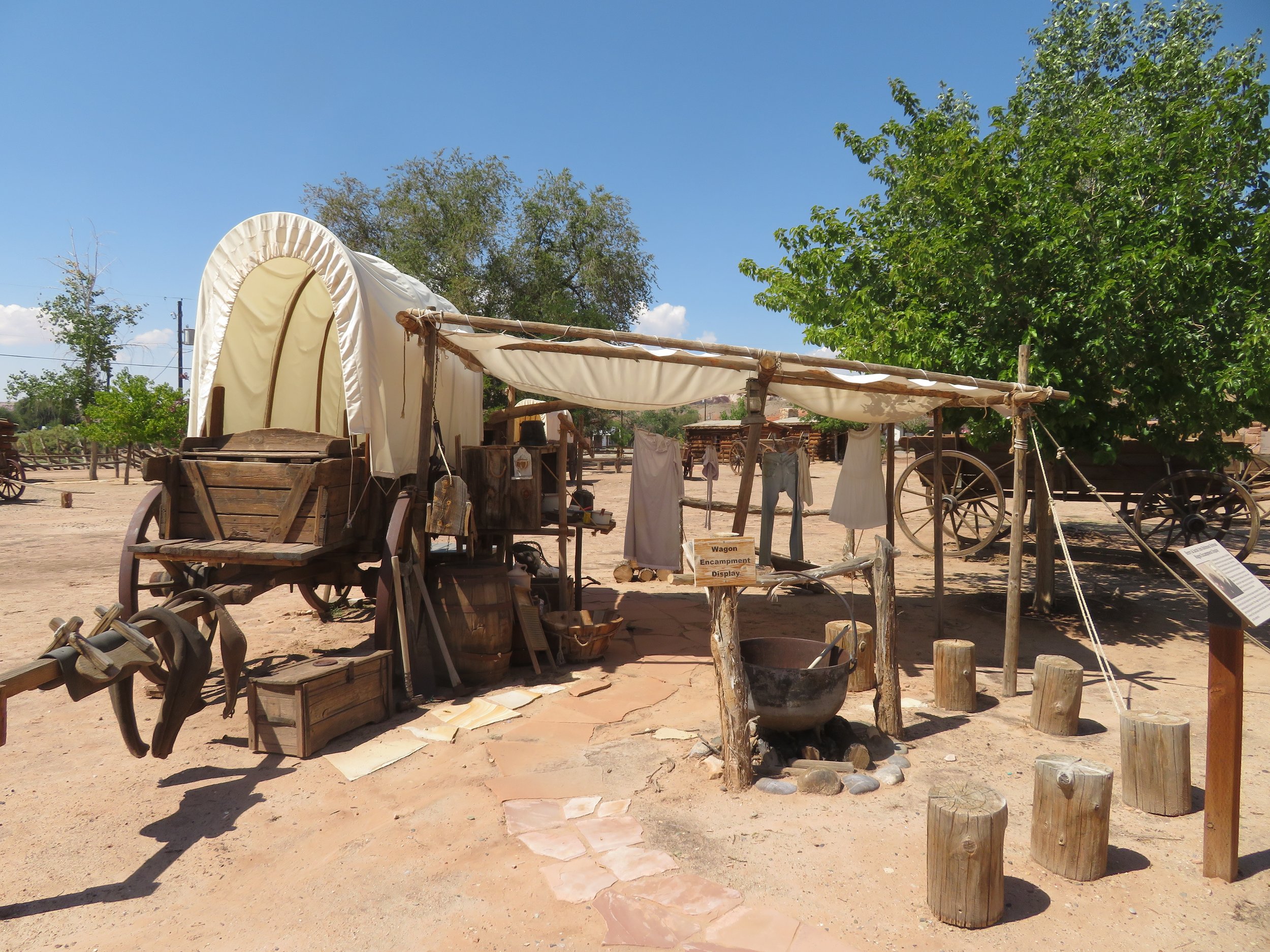Monuments to the Ancient People
/We woke to a cool, overcast day which subsequently cleared and warmed. We’d originally planned to visit Mesa Verde National Park, but arbitrarily changed our minds as we are wont to do. Instead, we headed to Hovenweep National Monument… more of an off-the-beaten-path destination and less crowded than a mainstream national park.
We didn’t realize that part of the Canyons of the Ancients National Monument was along our route.
The Visitor Center for the monument was east of us, back in Dolores, Colorado, but since the monument encompasses 176,000 acres, it sprawls a considerable distance and provided an excellent stop for a hike. Administered by the BLM, this monument is more of an ‘open-air museum and preserves the ‘largest concentration of archeological sites in the United States, primarily Ancestral Puebloan ruins.’ To date, over 8.300 individual archeological sites have been identified within the monument and it’s estimated there are probably closer to 30,000. Archeological study continues.
Castle Rock Pueblo
We hiked a 2-3 mile loop spur off the Rock Creek Trail over hard, rocky terrain with stupendous views.
We crossed into Utah to continue our journey. David and Brennan had visited Hovenweep National Monument back in the early 1990s when there wasn’t much there. Since then, a new visitor center had been erected as well as an established campground. We weren’t equipped for camping this visit, but we noted it for future trips.
The name Hovenweep was given to this place by pioneer photographer, William Henry Jackson, back in 1874. The name derives from a Ute/Paiute word meaning ‘deserted valley’. President Harding declared the area a national monument back in 1923.
A helpful ranger gave us some tips for the Rim Trail Loop, a walk around major ruins of the monument. This entire Four Corners Region, the point at which Utah, Colorado, New Mexico, and Arizona all meet, and holds many archeological sites from the ancient Puebloan people. Though it’s estimated that they haven’t inhabited the area for over 700 years, it’s a pretty inspiring place with lots of mysteries. It’s still not clear exactly why these ancient peoples departed without a trace.
Some of the ancient structures, which are fairly extensive, were built and still sit directly on the canyon rim. Click on the thumbnails above for better viewing.
As we were departing the park, the ranger cautioned us that yet another road, US-95, was closed… this time due to a bridge washout. She also told us to be on the lookout for wild horses.
Once again, we found an alternate route heading in roughly the right direction and primarily chosen for the intriguing names of the towns along its route… Montezuma Creek, Bluff and Mexican Hat. There wasn’t much in Montezuma Creek… Montezuma definitely wasn’t home. Bluff, however, though seemingly in the middle of nowhere, was an interesting stop. First, the geography there is absolutely awesome with the monolithic red sandstone Twin Rocks dominating the landscape.
Twin Rocks in Bluff, Utah
Nearby, the Bluff Fort Historic Site provided an interesting respite and local history lesson. Originally, a Mormon settlement established in 1880, this tiny outpost at the end of the 250-mile Hole-in-the-Rock Trail served as a supply and access link for travelers and pioneers.
A replica of the 1898 Bluff Fort Co-op was completed in 2013 and serves as the Visitor Center.
We continued on our way to Mexican Hat. We weren’t sure what to expect, but we weren’t disappointed, nor did we have to figure out the origin of the town’s name. It was pretty obvious… from quite a distance a way.
We crossed the Arizona state line and continued our drive through Monument Valley, an absolutely astounding piece of Mother Nature’s workmanship.
We discussed what we knew about Navajo Code Talkers as we drove along the highway honoring them. The discussion was short. If you want a little background on the subject, check out this CIA article or the 2002 Nick Cage movie, “Windtalkers”.
The night was spent in Page, Arizona which we’d visited several times in the past. We were saddened by the low level of Lake Powell as we sped across the Glen Canyon Dam Bridge the following morning. Like Nevada’s Lake Mead, also fed by the Colorado River, lake levels are disastrously low as the severe drought in the southwest USA persists.
Home was a 300-mile drive jaunt over familiar roads back to Las Vegas. Though a slow return from Colorado, once we returned home, it really didn’t seem that slow and certainly not long enough. Chores and daily routines took over our lives once again. I guess we’re just not meant to settle down yet.
Next on the agenda… a trip to Charleston, South Carolina. Can’t wait! Come explore with us.



















